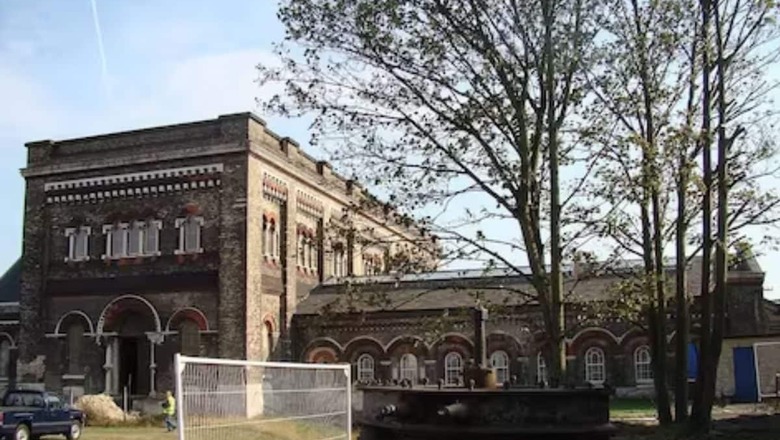
views
The South East London Sewage Station, a hidden gem in the architectural landscape, has captured the admiration of millions for its unique blend of workmanship and historical significance. Formerly a pump house built in 1865 to drain London’s sewage, this Victorian-era marvel has transformed into a beautiful tourist site, now featuring a stunning church.
The Crossness Pumping Station, as it is officially known, played a crucial role in combating the infamous ‘Great Stink’ of 1858. This public health crisis arose due to a failure to agree on sewage system improvements, resulting in heavily polluted Thames water and an unbearable stench that almost forced MPs out of the Palace of Westminster. Responding to this disaster, a plan was approved to construct an 83-mile-long sewer line, including three major pumping stations—one of which was the Crossness Pumping Station. Designed by Sir Joseph Bazalgette, it earned the nickname ‘Cathedral of Sewage’.
Operational for a century, the station ceased operations in 1950, leaving the building vacant. In 1987, the Crossness Engine Trust, a charity, was formed to renovate and preserve this historical structure. The Heritage Lottery Fund generously donated £2.7 million (Rs 28.5 crore) to support the initiative.
After extensive restoration efforts, the station opened its doors to the public in 2016. Today, it houses the largest four pumping engines, featuring a 52-ton flywheel and a 47-ton beam. A portion of the building has been preserved to showcase its original Victorian-era appearance, offering visitors a glimpse into its historical significance. Another section has been transformed into a museum, enriching the experience for those eager to explore its past.
The Crossness Pumping Station is a result of the dedication of individuals and organisations who worked tirelessly to breathe new life into this architectural masterpiece. It has become a prominent tourist attraction, drawing visitors from far and wide to witness the harmonious blend of Victorian engineering and historical preservation. As one of the most renowned abandoned structures in the UK, its metamorphosis from a sewage pump house to a cultural landmark adds a unique chapter to the architectural narrative of South East London.




















Comments
0 comment